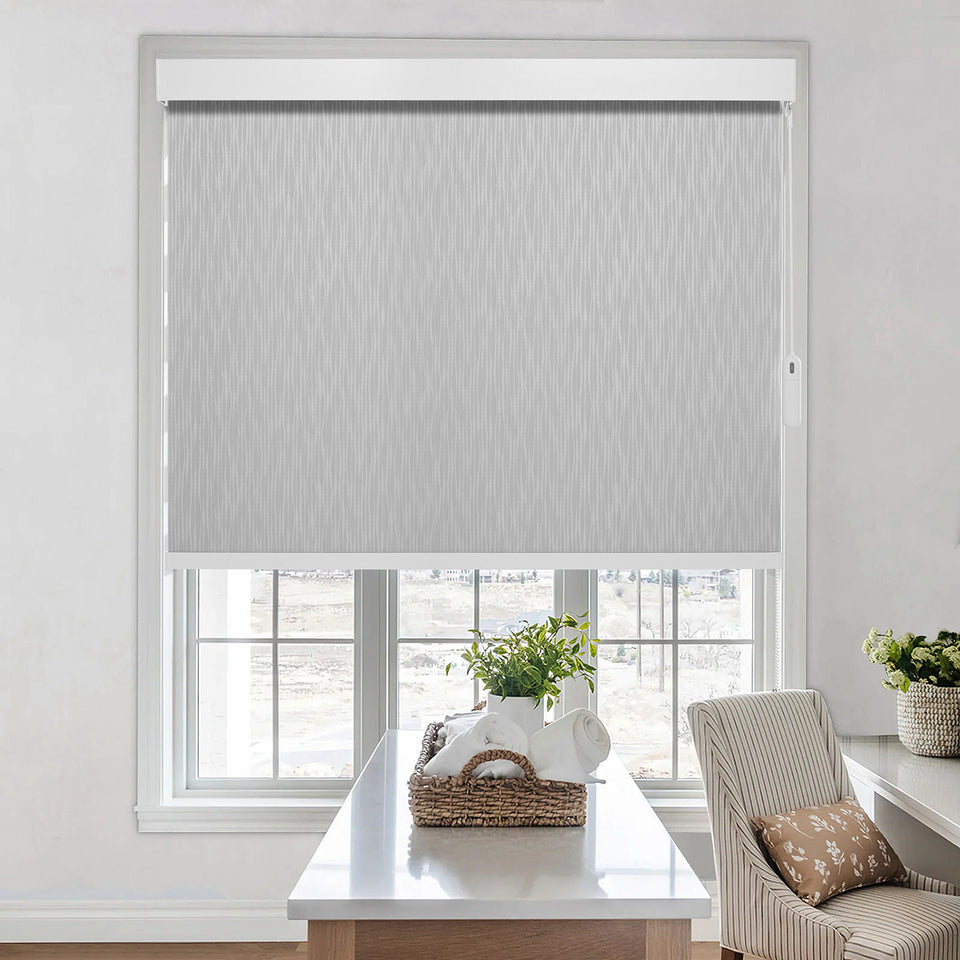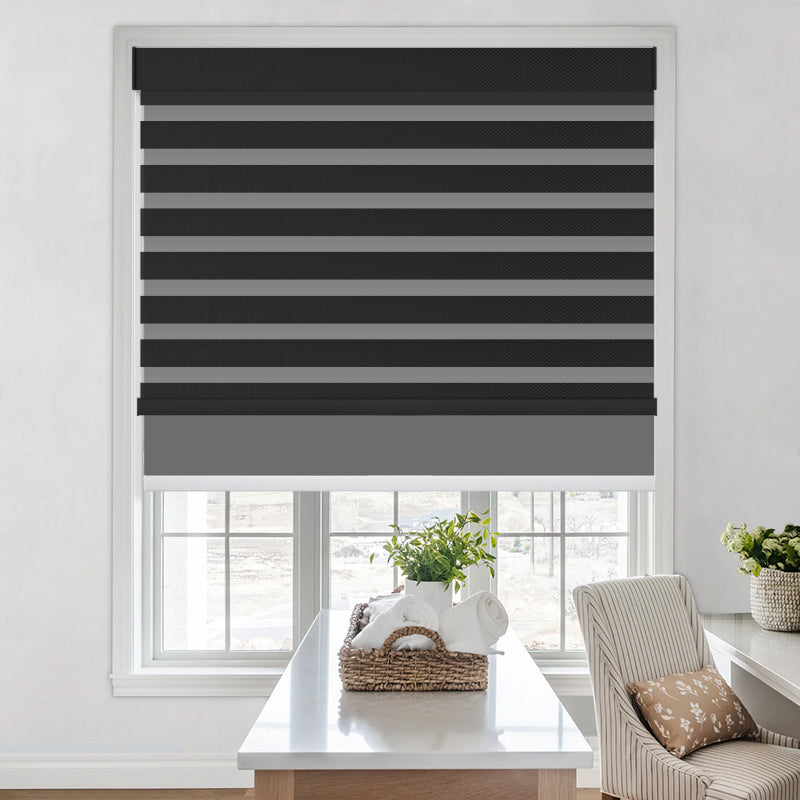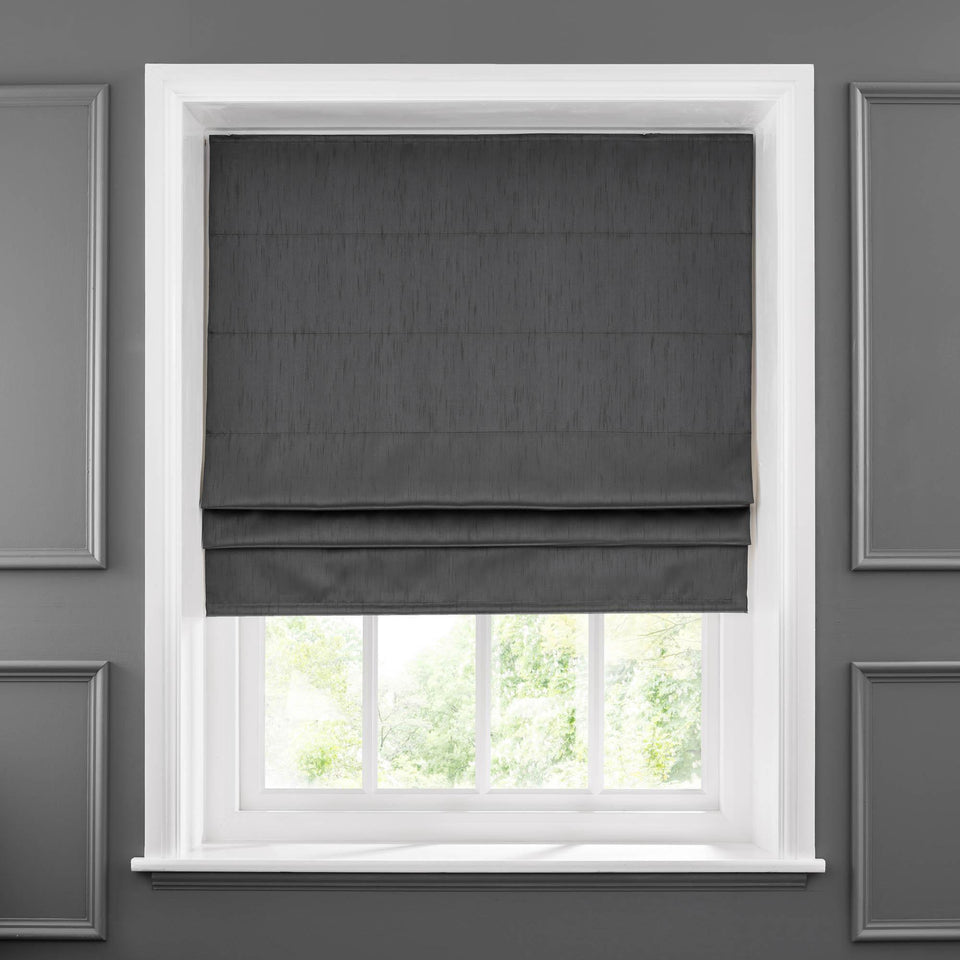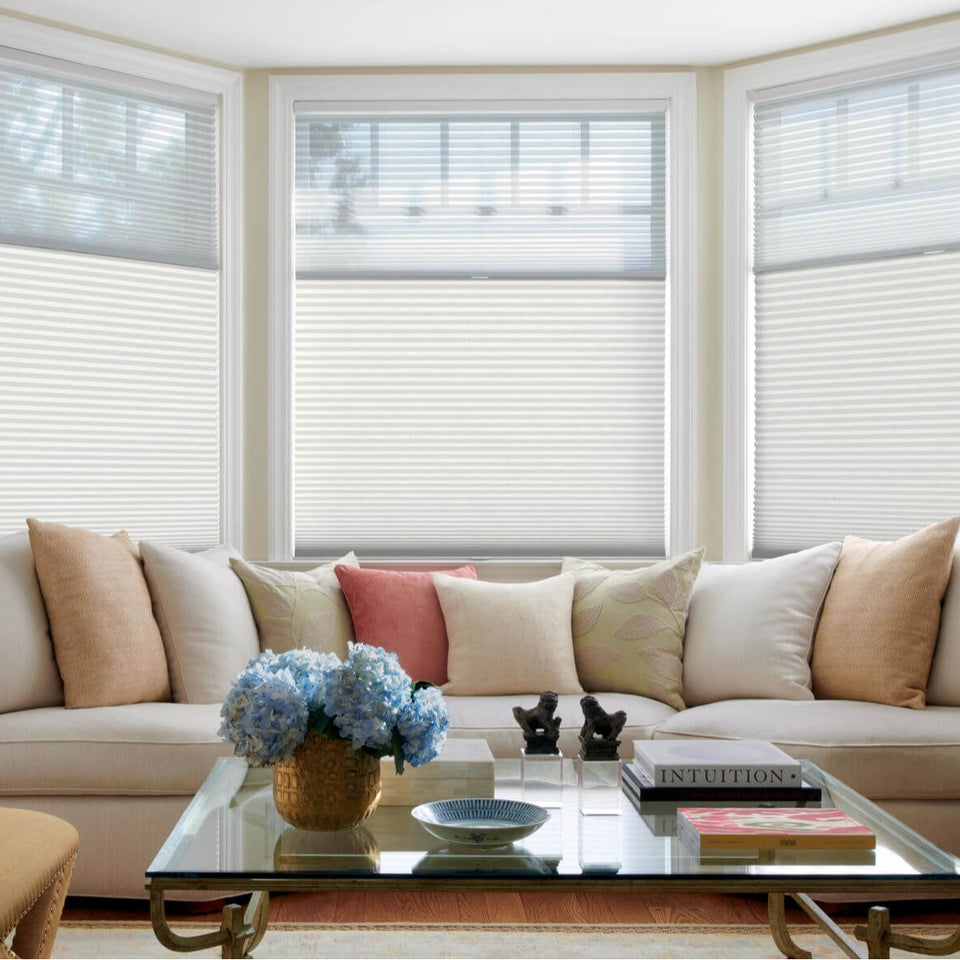Does Vinyl Flooring Need to Acclimate?
When installing new flooring, acclimation is a crucial step. Many people skip this process. However, it ensures your floors last longer and perform better. Vinyl flooring, like wood or laminate, benefits from acclimation.
This blog explains why vinyl flooring needs acclimation. It also provides steps and benefits of the process.
What Is Acclimation?
Acclimation allows flooring materials to adapt to the room’s temperature and humidity. This step is important because environmental changes can affect flooring materials. Without acclimation, floors may warp, buckle, or develop gaps.
Does Vinyl Flooring Require Acclimation?
Yes, vinyl flooring needs acclimation. Luxury vinyl plank (LVP) and luxury vinyl tile (LVT) are durable. But they still react to changes in temperature and humidity. Their porous core allows air to pass through. Even waterproof vinyl can shrink or swell under varying conditions.
Why Acclimation Is Necessary
-
Prevents Shrinkage and Gaps: Moving vinyl from a warm to a cold place can cause shrinkage. This creates gaps between planks or tiles.
-
Avoids Expansion and Buckling: Moving vinyl from a cold to a warm place can cause expansion. This leads to buckling or warping.
-
Ensures Warranty Compliance: Many manufacturers require acclimation. Skipping this step can void the warranty.
-
Enhances Longevity: Proper acclimation reduces damage risks and increases flooring lifespan.
How to Acclimate Vinyl Flooring
Follow these steps for effective acclimation:
1. Plan for Acclimation Time
-
Let the flooring sit in the room for 48 to 72 hours. Rooms with extreme conditions may need more time.
2. Unpack the Flooring
-
Remove the flooring from boxes. Arrange planks or tiles side by side or stack them loosely.
3. Prepare the Installation Environment
-
Keep the room temperature between 59°F and 80°F.
-
Maintain humidity between 35% and 75%. Use a humidity meter for accuracy.
-
Avoid excessive air conditioning or heating during acclimation.
4. Address Subfloor Requirements
-
Ensure concrete subfloors are dry, which usually takes about 60 days.
-
Wait three days after painting walls before starting acclimation.
Special Considerations for Floating Floors
Floating floors rest on the subfloor without glue or nails. Acclimation is especially important for these. Even small temperature or humidity changes can destabilize floating floors.
Common Mistakes to Avoid
-
Skipping Acclimation: Skipping this step can lead to long-term problems.
-
Ignoring Manufacturer Guidelines: Always check and follow the manufacturer’s instructions.
-
Inconsistent Environment: Keep room conditions stable throughout acclimation.
Benefits of Acclimating Vinyl Flooring
Acclimating your vinyl flooring provides these benefits:
-
Better Performance: Acclimated flooring fits properly and remains stable.
-
Increased Durability: Acclimation prevents damage like warping or gaps.
-
Improved Appearance: It ensures planks stay even and smooth.
-
Peace of Mind: Following acclimation protects your warranty and investment.
FAQs About Vinyl Flooring Acclimation
Q: Does waterproof vinyl flooring need to acclimate?
Yes. Even waterproof flooring reacts to changes in temperature and humidity.
Q: Can I skip acclimation if I’m short on time?
No. Skipping acclimation can lead to issues like warping or gaps. Fixing these problems is time-consuming and costly.
Q: How can I tell if my vinyl flooring has acclimated?
A flooring professional can confirm this. Generally, if the flooring has been in the room for the recommended time with stable conditions, it is ready.
Conclusion
Acclimation is an essential step for installing vinyl flooring. It allows the flooring to adjust to the environment, preventing damage and ensuring long-term performance. Whether you are using luxury vinyl planks or tiles, proper acclimation is worth the effort.
At LongTermHouse.com, we are here to support your home projects. Visit our blog or contact our experts for more advice and tips!













